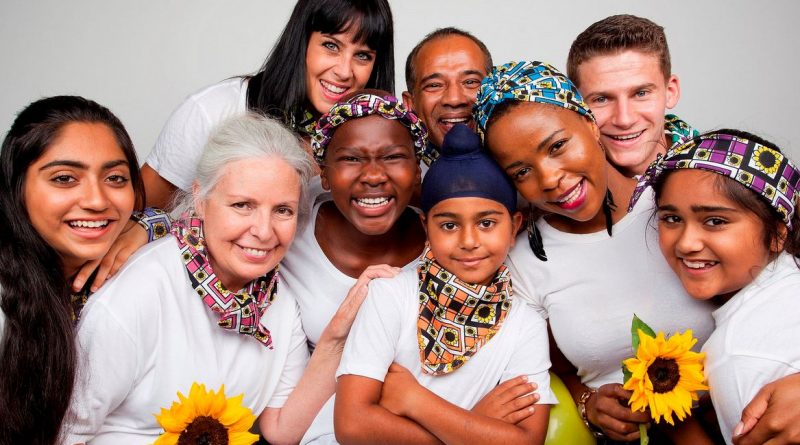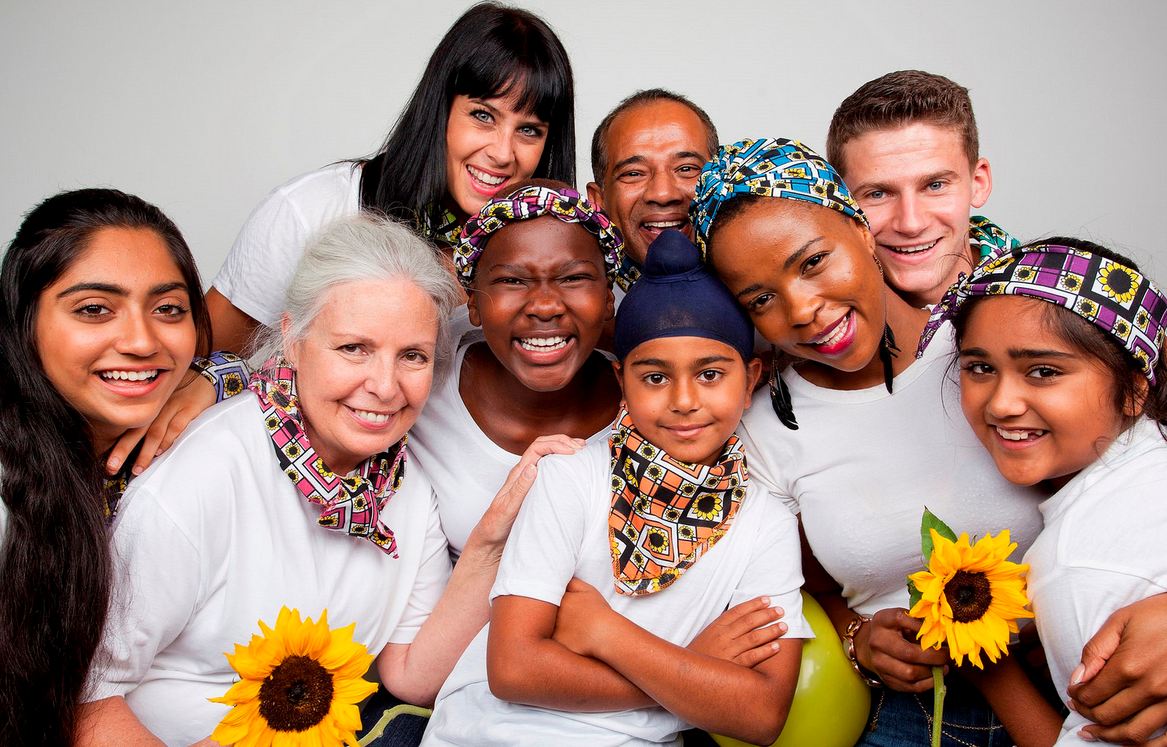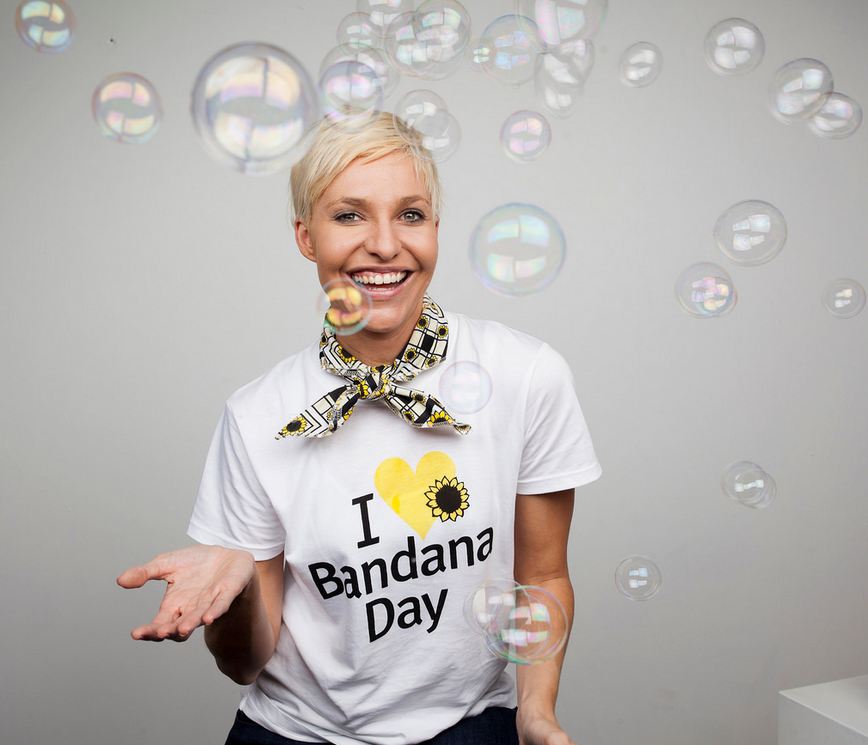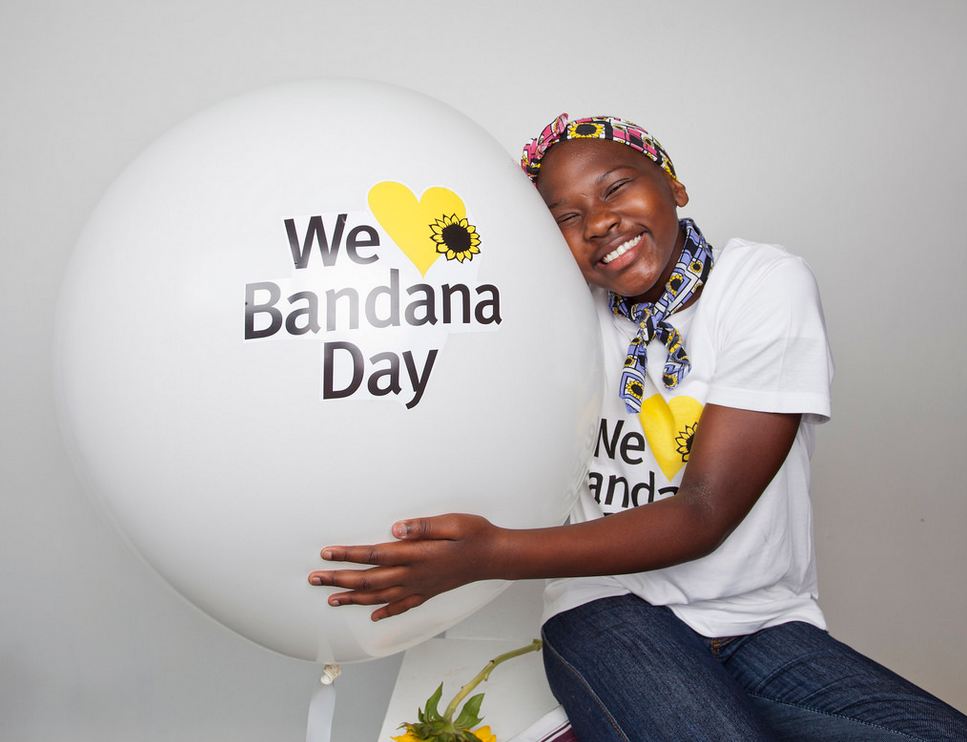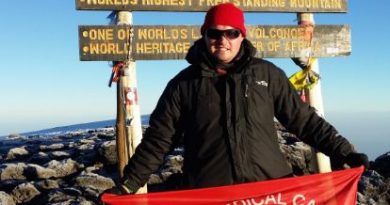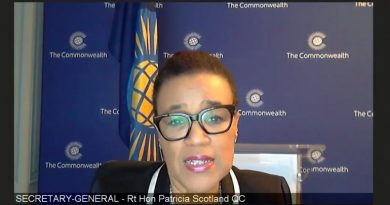National Bandana Day campaign and the need to donate bone marrow stem cells
Why should you become a bone marrow donor?
When a person is diagnosed with or finds out that a loved one has a life-threatening illness, it has a devastating effect on them.
For many, only a stranger can help… and it could just be you.
ER24 often attends to patients who will only survive with the help of a donor.
Be it blood or bone marrow stem cells, more donors are definitely needed in South Africa.
As part of Bone Marrow Stem and Leukaemia Awareness Month, ER24 spoke to Lauren Corlett from The Sunflower Fund.
She said, “Dread diseases like leukaemia affect people all over the world, regardless of background, location, ethnicity, age or wealth. Every year, thousands of South Africans are devastated with the news that they have been diagnosed with a life-threatening blood disorder such as leukaemia.
“In the majority of cases, a bone marrow stem cell transplant is a patient’s only hope of survival. They are faced with the daunting and traumatic task of finding a matching donor.”
Bone Marrow is regarded as a factory for the production of red blood cells to carry oxygen, white blood cells to fight infection and platelets to prevent bleeding. “Leukaemia is the massive over production of defective white blood cells, which displace normal ‘healthy’ red and white cells and platelets and as a result, weakens the body. Many of these patients have to undergo bone marrow stem cell transplants however, finding a donor is difficult. Your perfect match would be your identical twin but we are not all that lucky,” said Corlett.
There is a one in four chance that a sibling may have inherited the same tissue type. For 75 percent of patients, they would have to search for an unrelated matched donor on the South African Bone Marrow Registry (SABMR).
Corlett said that when a patient is searching for a match, they are in essence looking for a “genetic twin” – a person who carries the same genetic markers as their own.
“Finding the correct donor match depends on tissue type because people’s genetic makeup is so varied and their tissue types are inherited characteristics. The chance of finding a suitable match is slim. In South Africa we have even more unique combinations of tissue types and therefore, we need a larger registry that proportionately reflects these unique tissue types,” said Corlett.
She added that it is almost impossible for a patient of a particular race to be matched with a donor of another race. “If you become ill with a blood disorder that requires a stem cell transplant, your race is of paramount importance.
“When doing a search, we would only look in your ethnic group. It is purely DNA based and has nothing to do with your blood group,” she said.
Founded in 1999, The Sunflower Fund’s objective is to increase the number of and access to unrelated bone marrow stem cell donors on the SABMR.
With the chance of finding a suitable donor being only one in 100 000, Corlett said that the just over 70 000 people registered on the SABMR is a far cry from where it should be. It would be ideal to have in excess of 400 000 potential donors on the registry.
“It is imperative that The Sunflower Fund grows this database to offer hope for patients suffering with life-threatening blood disorders like leukaemia. We recruit new healthy donors daily, while other donors come off the registry due to age or health issues.
“Unfortunately the field of bone marrow transplantation is complex and a number of patients still die of complications despite the best medical care. Increasing numbers of successful transplants are being carried out using matched unrelated donors. Donors can be assured that they offer the hope of a future to patients whose disease would almost certainly otherwise prove fatal,” said Corlett.
A common misconception is that there are costs involved in becoming a donor. Corlett said there are no costs for the donor as The Sunflower Fund raises funds to pay for these tests costs. “Financial contributions are critical to the fund being able to continue with its important work. Each test costs The Sunflower Fund R2 000 per person. We rely heavily on donations from the public at large. Funds to cover the cost of tissue typing all new donors joining the SABMR are raised through campaigns like National Bandana Day,” said Corlett.
The National Bandana Day campaign launches on 15th August and runs until the end of October. ER24 and The Sunflower Fund encourage the public to buy a bandana and wear it to show their support towards the brave fight that these patients face on a daily basis.
The Sunflower Fund urges people to join the national registry.
Ideally someone who is a committed blood donor is a perfect candidate to become a bone marrow stem cell donor. However, if you are between 18 and 45 years old, weigh over 50 kilogrammes with a Body Mass Index (BMI) less than 40 and in excellent health, you can sign up on the registry to become a potential donor.
If you are interested in becoming a bone marrow stem cell donor, call The Sunflower Fund toll free number on 0800 12 10 82. The Fund will give you the information you need, go through some medical criteria and take your details.
You will be directed to your closest blood clinic to have your blood sample drawn. Two test tubes of blood will be drawn from your arm then sent to the lab for analysis and finally results sent to the registry. You may or may not receive a call to say that you are a potential donor. You will be registered until you turn 60 years old when you are naturally removed from the database.
Visit www.sunflowerfund.org.za for more information.
Issued by:
Chitra Bodasing
ER24 spokesperson

